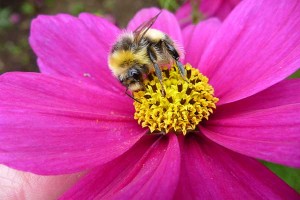
Did you know?
- Lough Neagh has the largest concentration of Great Crested Grebe in Ireland.
- Around 150 pairs of Common Tern come from Africa each year to breed on Lough Neagh. Nearly 70 pairs of Common Tern nest on an old torpedo platform in Antrim Bay.
- Whooper Swans fly from their breeding grounds in Iceland to south Lough Beg, around the Toome and Ballnamullan area each winter.
Lough Neagh forms a large part of the Borough of Antrim. Lough Neagh is classified as a Eutrophic lake, it is the largest freshwater lake in the United Kingdom. Lough Neagh is a relatively shallow body of water supporting aquatic vegetation fringed by associated species-rich damp grassland, reedbeds, islands, fens, marginal swampy woodland and pasture. Priority plant and fish species such as Irish Lady’s-tresses, Pollan and Silver Eel.
The site qualifies under Article 4.2 of the Birds Directive as a Special Protection Area, a wetland of international importance by regularly supporting over 20,000 waterfowl in winter (EHS, 2003). There are nine such species including Whooper Swans, Pochard, Tufted Duck, Scaup and Goldeneye as well as breeding Common Tern. A further eleven species are also of significance as they contribute to the internationally important population of wintering waterbirds.
The Lough and its margin are also home to a large number of rare or local insects, including four molluscs, a freshwater shrimp, eight beetles, five hoverflies, seven moths and two butterflies. Of the rare beetles recorded two have their only known Irish location around the Lough. The Lough also supports twelve species of dragonfly.
In the summer the Lough supports internationally important numbers of breeding Black-headed Gulls and has the largest concentration of Great Crested Grebe in Ireland. Nationally important numbers of breeding Redshank, Snipe, Common Tern, Tufted Duck, Pochard, Shoveler and Gadwall are found (the last three being Irish Red Data Species).
Over forty rare plants have been recorded for the site since 1970, the most notable in the borough are Irish Lady’s Tresses Orchid and Alder Buckthorn.


